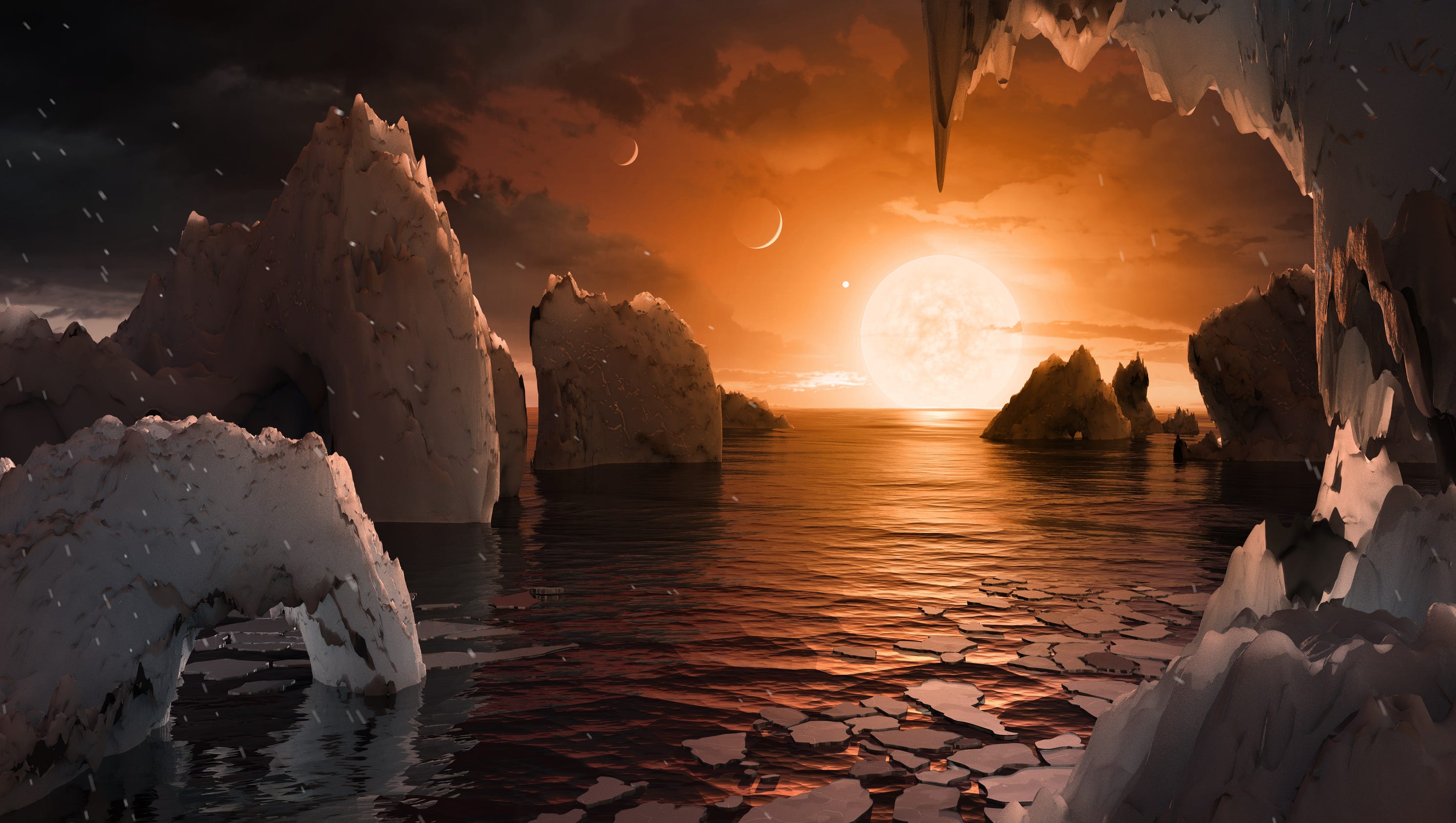“The Ganymede Ocean is
believed to contain more water than Europa's,” says Olivier Witasse, a project
scientist working on the ESA’s future Jupiter Icy Moon Explorer (JUICE). “Six
times more water in Ganymede’s ocean than in Earth's ocean, and three times
more than Europa.” Now this is some good news.
In March of 2016, NASA's
Hubble Space Telescope revealed the best evidence yet for an underground
saltwater ocean on Ganymede, Jupiter's largest moon --larger than Mercury and
not much smaller than Mars. Identifying liquid water is crucial in the search
for habitable worlds beyond Earth and for the search for life, as we know it.
"This discovery marks a
significant milestone, highlighting what only Hubble can accomplish," said
John Grunsfeld, now retired assistant administrator of NASA's Science Mission
Directorate at NASA Headquarters. "In its 25 years in orbit, Hubble has
made many scientific discoveries in our own solar system. A deep ocean under
the icy crust of Ganymede opens up further exciting possibilities for life
beyond Earth."
Ganymede is the largest moon in our solar
system and the only moon with its own magnetic field.
The magnetic field causes the aurorae, which are ribbons of a glowing, hot electrified gas, in regions circling the north and the south poles of the moon. Because the Ganymede is close to the Jupiter, it is also embedded in Jupiter's magnetic field. When Jupiter's magnetic field changes, the aurorae on Ganymede also change, "rocking" back and forth.
The magnetic field causes the aurorae, which are ribbons of a glowing, hot electrified gas, in regions circling the north and the south poles of the moon. Because the Ganymede is close to the Jupiter, it is also embedded in Jupiter's magnetic field. When Jupiter's magnetic field changes, the aurorae on Ganymede also change, "rocking" back and forth.
Just as Saturn's moon, Dione
is perennially overshadowed by Enceladus and Titan, Ganymede's fame is eclipsed
by its sister ocean world, Europa, slated for flybys by NASA’s Europa Clipper
mission in the 2020s.
Ganymede's cycles of auroral
activity on the surface, detected by the Hubble Space Telescope, reveal
oscillations in the moon’s magnetic field best explained by the internal
heat-generating tidal sloshing of a huge ocean hundreds of kilometers below the
surface.
Read more here.

